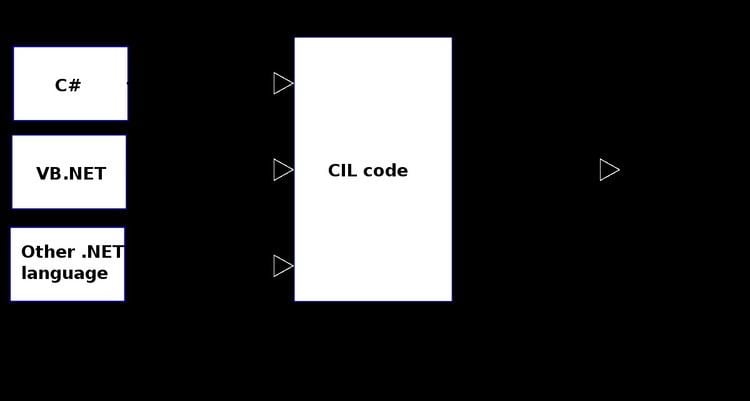 | ||
The Common Language Runtime (CLR), the virtual machine component of Microsoft's .NET framework, manages the execution of .NET programs. A process known as just-in-time compilation converts compiled code into machine instructions which the computer's CPU then executes. The CLR provides additional services including memory management, type safety, exception handling, garbage collection, security and thread management. All programs written for the .NET framework, regardless of programming language, are executed by the CLR. All versions of the .NET framework include CLR.
CLR implements the Virtual Execution System (VES) as defined in the Common Language Infrastructure (CLI) standard, initially developed by Microsoft itself. A public standard defines the Common Language Infrastructure specification.
Benefits
The runtime provides the following features:
